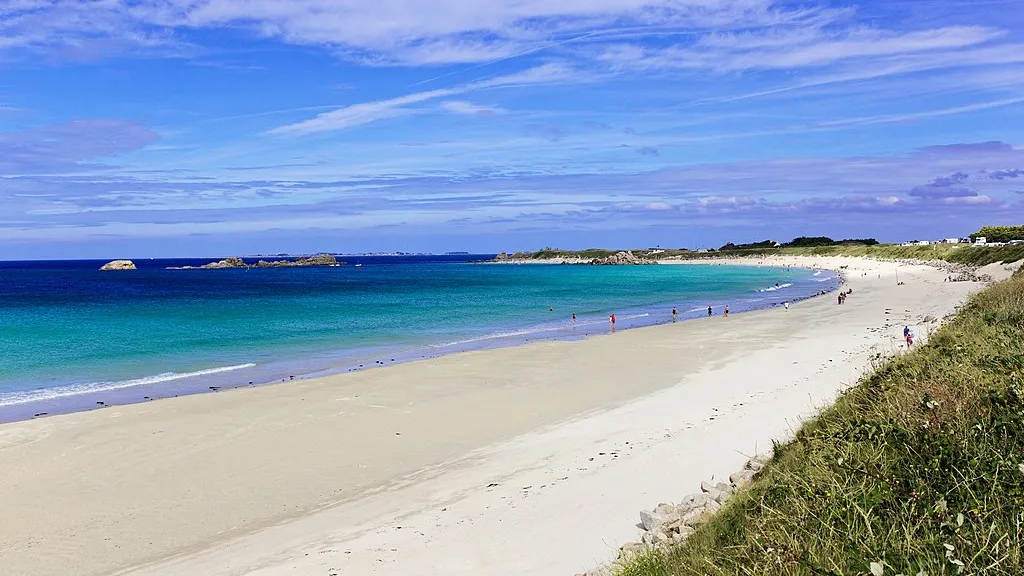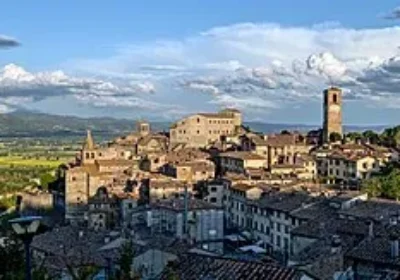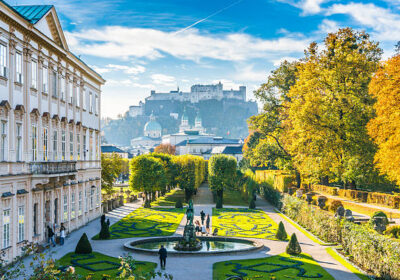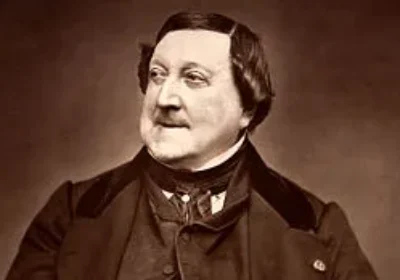Bretagne… Rocky shores covered with heather, shivering under the pressure of ocean waves, wind saturated with iodine, salt and the spicy smell of herbs – this is Brittany. Golden multi-kilometer beaches washed by purple waters – this is Brittany too, the most aristocratic French resort. A modern marvel. Not high-rise – there are castles at every turn, medieval with houses extending to the roof and streets seven hundred years old. But these are not decorations and not reserves – this is normal life. Not without reason they say: “Coming to Brittany, you make a journey through time and get to the XVIII century”. And this is Brittany.
This is thalassotherapy, as inseparable from Brittany as the ocean that bathes it. It is from this area that more than a century ago spread throughout France and Europe the fashion for marine procedures that have such a beneficial effect on the body. Here you will instantly forget about stress, overwork, polluted air, and the unbearable rhythm of big cities.
Brittany is the westernmost region of France. Four-fifths of its perimeter is washed in the north by the Channel La Manche (la Manche – arm), in the south – the Atlantic Ocean. The length of the coastline is 3000 kilometers. So it is clear why in ancient times Brittany was called Armor (Armor) or Armorica (Latin Armorica – “country by the sea”).
The whole coast of Brittany is unusually picturesque and very diverse. Huge rocks, boundless expanses, dunes, piles of boulders, lonely lighthouses, waves and wind, as well as gorgeous sandy beaches, calm water, a scattering of small green islands, charming fishing villages, port towns with fortresses, harbors with yachts, oyster plantations, seaside restaurants in blue and white, ancient castles, aristocratic towns – resorts with casinos and lively nightlife. Everyone will be able to find a place to suit his taste.
Rest in Brittany is useful and beautiful at any time of the year, including fall and winter. Brittany is a favorite vacation spot for the English and Parisians, who say: “Once a person goes to Brittany, he stops regretting Paris”.
The main event on the coast is the tides. Every 6 hours the sea and coastal landscape changes beyond recognition. The amplitude is up to 14 meters! People go out to walk on the wet sand like a boulevard. Many have with them spatulas, buckets for collecting mussels, oysters, crabs. Of course, you can buy them at the market or in the supermarket, but it is much more pleasant and interesting to collect seafood for dinner. On the coast in large numbers are located farms for growing mussels and oysters, which are grown on high poles, wrapped with a net, but everything that fell to the ground, you can pick up. In an hour you can pick up to 5 kilograms of mussels – that’s a dinner for 10 people!
But Brittany is not only “the land of the sea”, it is also “the land of the forest”. Forests begin 20 kilometers from the coastline – oak, pine, maple. There is a great space for mushroomers, as the French themselves do not collect mushrooms, but prefer to buy them in the store. In France there is a free service: you can come to any pharmacy and the pharmacist will sort your mushrooms into edible and inedible and tell you how to cook them better.
There is a perception of Brittany as a rainy country. This is not true. The climate here is mild, oceanic, without big temperature changes. In winter there is practically no snow, flowers bloom all winter long. In summer there is no exhausting heat. Unusually clean, iodine air and sea water in combination with a mild climate favorably affect the health of not only the elderly and children, but also all those who need peace of mind after the stresses of city life.
The Breton people cherish antiquities with the zeal of collectors. They put in catalogs and “red books” castles, and just houses, and natural beauties. Bretonians are in love with their land for a long time and firmly. It is known, for example, that Anne of Breton (the last Duchess of independent Brittany and Queen of France) is buried in Paris, but her heart rests separately – in Nantes, in Brittany.
Brittany is a great supporter of traditions – religious and cultural. They are still very relevant here, and they say that some thirty or forty years ago, many Breton settlements lived a patriarchal and closed life. Families had 7-10 children, and traditional pancakes (you should try them – they are served in every restaurant) were cooked on the fire of a huge open hearth.
The peculiar character of the Breton people is explained by the fact that they are the only people on the European continent with pronounced Celtic roots. Here many people still speak the Breton (fundamentally Celtic) language. Endless Celtic legends and beliefs are alive here. And in the heart of Brittany there is a section of the fairy-tale Broseliand Forest, where the Knights of the Round Table are said to have gathered, where the wizard Merlin and the fairy Viviana once settled. Interested tourists will be shown the “mirror of fairies” – a deep peat pond where fairies used to brush their hair in the morning – and the sacred beech of the Druids. The whole of Brittany used to be covered in forests, and wizards, elves and druids had plenty of room to roam.
Brittany was the place where the search for the Holy Grail took place, where King Arthur, the knight Lancelot, the wizard Merlin, the fairies Morgan and Vivian and Duke Bluebeard lived, where Tristan and Isolde loved and suffered.
All castles in Brittany are open to tourists. They operate either as hotels or as museums. Castle hotels and mansion hotels are dotted everywhere – in towns, in the middle of forests and fields and, of course, by the ocean. Since Brittany is a peninsula extending into the Atlantic, from any point of the peninsula you can get to the coast, to the big water, within an hour and a half of a tiring drive.
The peninsula has 1300 roads along the coast. These walkable footpaths stretch almost all along the coast, from the bay of Mont Saint-Michel to Saint-Nazaire. The so-called “Customs Officers’ Trail” was laid out after the French Revolution by the Customs Department to monitor the coast and combat smuggling and the robbery of shipwrecked ships. The coasts of Brittany, with their rough terrain and long length, were a favorite place for the illegal unloading of various goods. At the beginning of the 20th century, hundreds of customs officers patrolled the coast day and night in all weathers, trying to intercept smuggled goods. Nowadays, the customs paths have been preserved and are available for hiking.

















